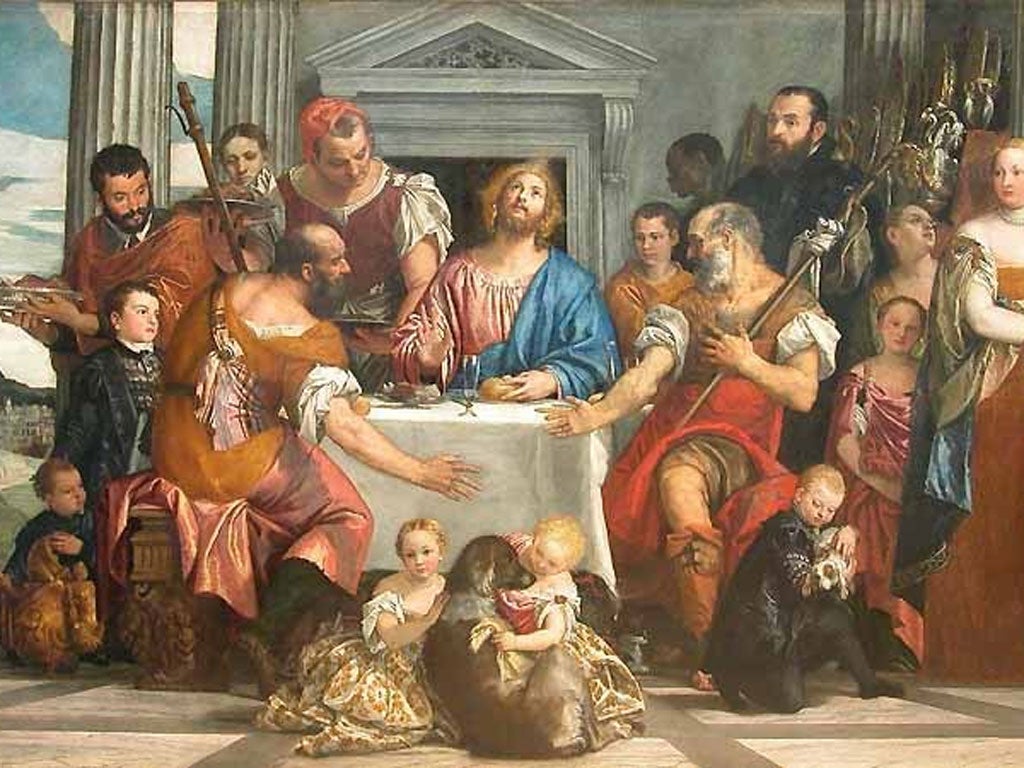A demanding, daunting – and in some cases destructive – profession
If the Da Vinci clean-up has been botched it wouldn't be the first time, writes Nick Clark

The Last Supper was unveiled in 1999 after two decades of restoration. The work, under the direction of fresco expert Pinin Brambilla Barcilon alongside Leonardo da Vinci scholar Pietro Marani, involved the removal of centuries of grime, the reversing of previous restorations and fixing the disrepair that started after the original artist had put down his brush.
Now their 20 years of painstaking effort has been dismissed as a failure. But yesterday, restoration experts were quick to defend the project. Graeme Barraclough, chief conservator at London's Courtauld Gallery, said: "There are many different methods, treatments and approaches out there and people have different views on how much to clean a work. Art historians will always have an opinion on the end result.
"You have to weigh up the pros and cons and the historical significance ... When it comes to restoration there is one basic ethic. Whatever work is carried out should be easily reversible. It is a given that you do not remove original material."
Conservators tend to remove ageing and discoloured varnish with solvent, touching up gaps with watercolour or specialist substances such as Paraloid B72 or aldehyde resins which prevent yellowing.
Recent major projects at the Courtauld include the newly restored Peter Paul Rubens painting Cain Slaying Abel. Mr Barraclough said: "Depending on the damage to the painting, we can take years on restoration. It is demanding work, and sometimes can be quite daunting; although experience helps."
Restoration projects can be hugely controversial. In December, two French art experts resigned from the Louvre's advisory committee responsible for restoring Leonardo's The Virgin and Child with Saint Anne, saying it had been over-cleaned.
Sarah Staniforth, museums and collections director for the National Trust, said there was "no right or wrong answer" to whether a painting should be cleaned or left alone.
"I think it should be determined on a case by case basis," Mr Barraclough said. "It's hard to be proscriptive about the approach."
In 2010, the Louvre in Paris was accused of botching the restoration of the 1550s Veronese masterpiece Supper at Emmaus. In the 1980s restoration of the Sistine Chapel ceiling, two major figures in Michelangelo's masterpiece suffered damage to their feet.
Subscribe to Independent Premium to bookmark this article
Want to bookmark your favourite articles and stories to read or reference later? Start your Independent Premium subscription today.

Join our commenting forum
Join thought-provoking conversations, follow other Independent readers and see their replies